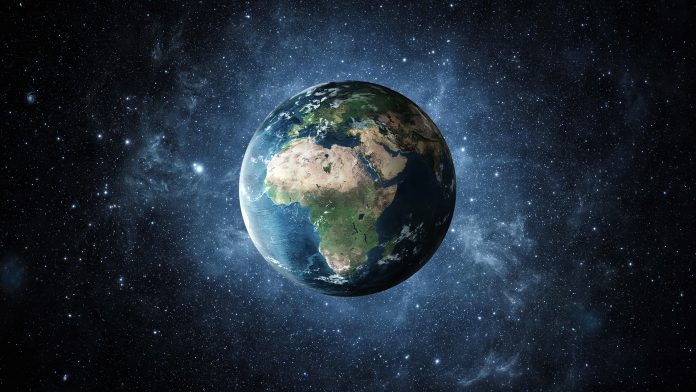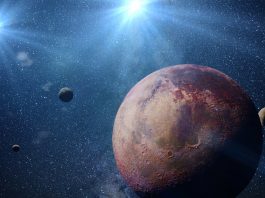Researchers at the University of Illinois Urbana-Champaign have developed a method for detecting Earthlike planets in other solar systems.
Scientists have theorised that the existence of the Earth points towards the presence of Earthlike planets in other solar systems. Currently, researchers across the world are hypothesising the best ways to discover potential Earthlike planets in the vast Universe.
Moons lead to planets
Now, Siegfried Eggl, a researcher at the University of Illinois Urbana-Champaign’s Department of Aerospace Engineering, alongside his colleagues, has theorised that orbiting moons could play a vital role in ensuring planets are habitable over long periods. As well as this, the team has proposed a technique for finding them.
“In our solar system, we have an average of 20 moons orbiting around each planet. So, we suspected there are moons around planets in other systems, too. There is really no reason why there shouldn’t be any,” explained Eggl.
By utilising the Atacama Large Millimeter Array, astronomers have been able to detect what they believe is evidence of a moon assembling around the extrasolar planet PDS 70c. The next step for the team is locating moons around planets that have two stars.
Large telescopes like ALMA and the European Southern Observatory in Chile have been employed to detect some planets in other solar systems, but fully formed moons are still too small to identify.
“We know they are there. We just need to look harder. But because it is so difficult to see them, we identified a way to detect them through the effect they have on a planet using transit timing variations,” added Eggl.
Observing planets in orbit
The researchers are able to monitor how planets act in orbit and compare those observations to models with and without moons. “We know the planets, stars, and moons in our solar system interact gravitationally like a giant boardgame,” Eggl said. “The moon is tidally interacting with the Earth and slowing its own rotation, but the Sun is also there, tugging on both. A second star would act as another external perturber to the system.”
When a planet passes in front of a star, the star dims a little. A moon tugging on the planet causes it to wobble slightly on its orbit. This wobble can lead to the darkening of the star happening earlier or later. In a double star system, further variations in the time of transit are a result of the forced, elliptical orbits of the planet and its moon. If identified, those variations can result in additional insights into the properties of the system.
“This is an indirect proof of a moon because there’s nothing else that could tug on the planet in that kind of fashion.
“We first had to determine the orbital resonances in the systems we looked at.
“When moons and planets have slightly elliptical orbits, they don’t always move at the same speed. The more eccentric an orbit, the more frequencies can be excited, and we see these resonances become more and more important. At some point, there will be overlapping resonances that can lead to chaos in the system. In our study, we have shown, however, that there is enough stable ‘real estate’ to merit a thorough search for moons around planets in double star systems,” Eggl said.
Billy Quarles, lead author of the study, added, “The major difference with binary systems is the companion star acts like the tide at the beach, where it periodically comes in and etches away the beachfront. With a more eccentric binary orbit, a larger portion of the stable ‘real estate’ is removed. This can help out a lot in our search for moons in other star systems.”
Eggl concluded: “If we can use this method to show there are other moons out there, then there are probably other systems similar to ours,” he said. “The moon is also likely critical for the evolution of life on our planet because without the moon, the axis tilt of the Earth wouldn’t be as stable, the results of which would be detrimental to climate stability. Other peer-reviewed studies have shown the relationship between moons and the possibility of complex life.”









